Our private 60 acres offer a diverse range of habitats, from manicured gardens to meadows filled with wildflowers, and open expanses for activities.
Throughout the grounds you’ll encounter a vast range of plants, textures, colours and scents, all carefully curated by our renowned head gardener, Janet Queen.
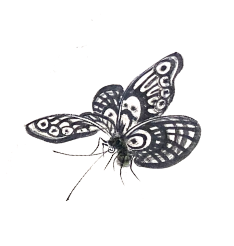
Endless opportunities for peace and tranquility, joy and adventure.
The perfect spot to gather for drinks, alfresco dining, games and activities.
An idyllic spot for photos, with a clear view across the gardens to the Lake District and Helvellyn in the distance.
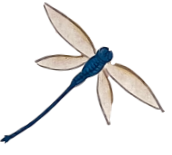
An idyllic spot for photos, with a clear view across the gardens to the Lake District and Helvellyn in the distance.
Sheltered beneath a beech hedge and sandstone wall you’ll find the vegetable garden, flourishing with produce for the castle kitchen. Be sure to stop at the beehives.

Sheltered beneath a beech hedge and sandstone wall you’ll find the vegetable garden, flourishing with produce for the castle kitchen. Be sure to stop at the beehives.
Venture down into the Bog Garden. In winter, the banks are covered in snowdrops that shine out from beneath the gentle shade cast by the nearby trees. In April, the cherry blossom tree is in full bloom, enchanting visitors with its beauty.
Venture down into the Bog Garden. In winter, the banks are covered in snowdrops that shine out from beneath the gentle shade cast by the nearby trees. In April, the cherry blossom tree is in full bloom, enchanting visitors with its beauty.
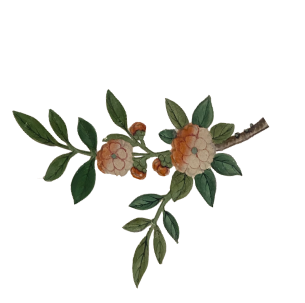
There are benches thoughtfully positioned throughout the grounds or follow the mantle wall around the castle’s perimeter and enjoy an array of different flowers, scents and colours along the way. You can dine here on trestle tables or enjoy a romantic picnic in the evening sun.
There are benches thoughtfully positioned throughout the grounds or follow the mantle wall around the castle’s perimeter and enjoy an array of different flowers, scents and colours along the way. You can dine here on trestle tables or enjoy a romantic picnic in the evening sun.
Or drop down past the elder tree and into the moat woodland, lined with oak and birch trees and offering spots of light and shade.
On the other side of the woodland, you’ll find the site of the old stew pond from the 14th century.
The ancient dovecote, built in 1700 during Bishop Thomas Smith’s residence, sits alone on a distinctive mound not far from the boundary of the stew pond.
The gardens are all yours to explore. Immerse yourself in nature, and revel in your own private pace in your own time, at one with it all.

At Rose Castle, every detail has been carefully considered. Surprise and delight awaits you at every corner.
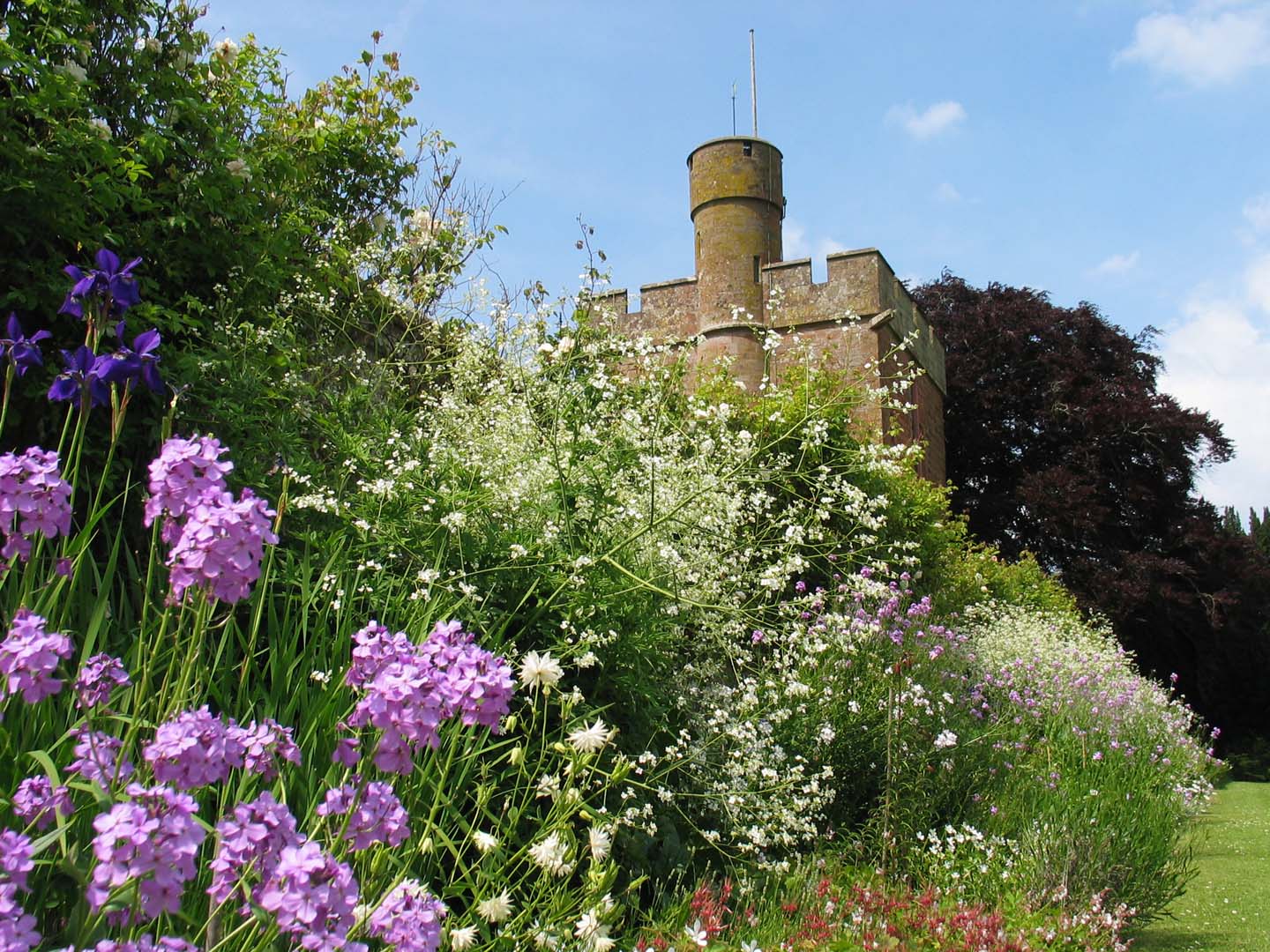
One of the earliest records of the gardens comes from 1400, when Bishop William Strickland set aside a small area for growing vegetables. In 1480, Bishop Richard Bell planted apple, pear and plum trees in the orchard and around the castle. In 1703, Bishop William Nicolson received a consignment of plants sent to Rose Castle from the Royal Botanic Garden in Edinburgh. He kept detailed lists in a notebook of wild flowers that he found growing locally.
In the early 1900s, Bishop John Diggle made many improvements to the garden. Overgrown laurel hedges were cut down, the old fish pond was cleared out, and yew and beech trees were planted. Garden improvements continued throughout the 20th century.
Today, the gardens are carefully maintained by our renowned head gardener, Janet Queen. There’s something for everyone to enjoy.
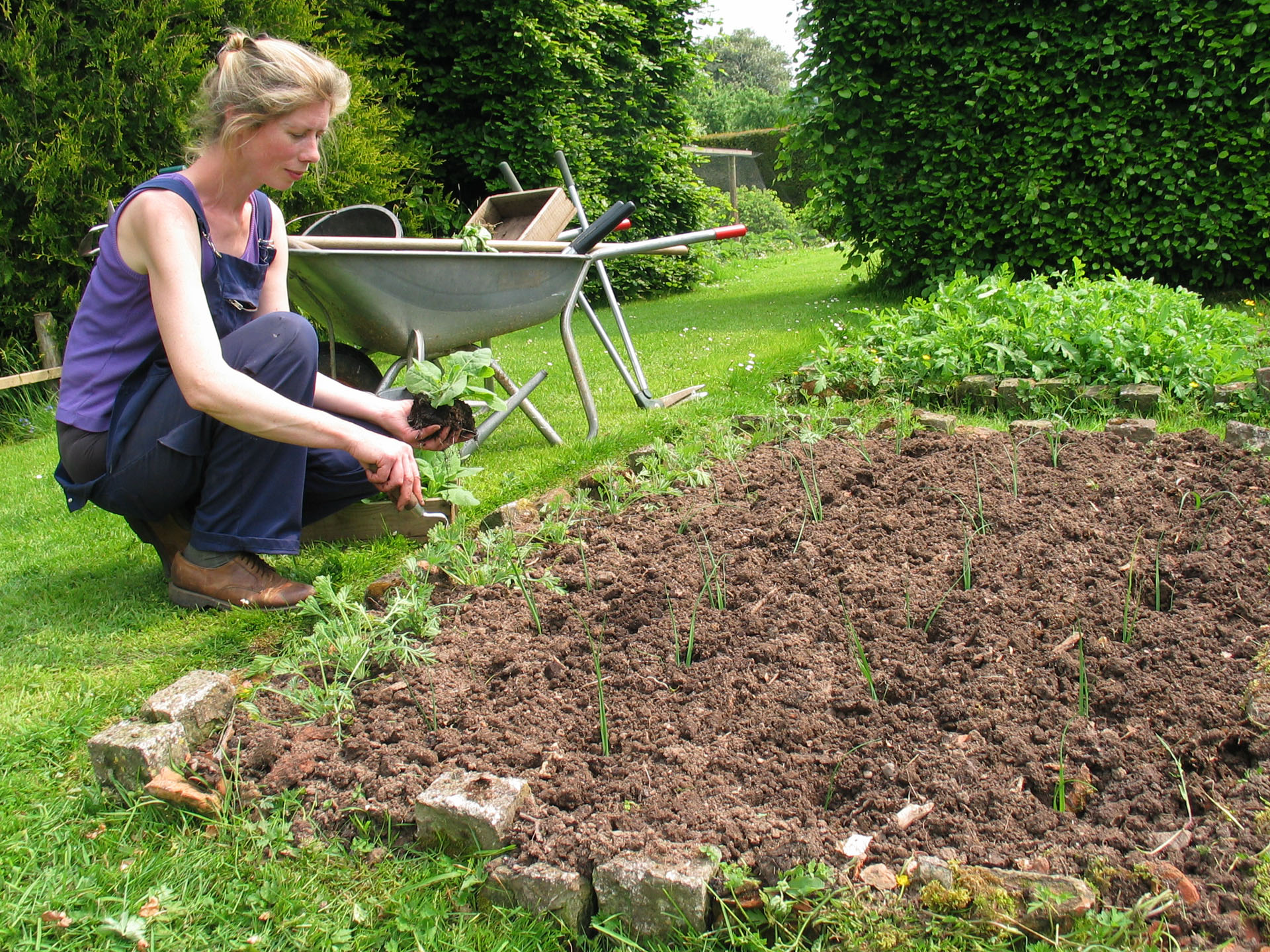
Born in Oban on the west coast of Scotland, Janet studied horticulture at the Royal Botanic Garden, Edinburgh. She went on to work as head gardener with The National Trust for Scotland, and on private estates in Northamptonshire and The Outer Hebrides.
Janet lives at the Gardeners Cottage onsite at Rose Castle in Cumbria, and as well as maintaining Rose Castle gardens, she works as a garden writer, contributing regularly to magazines and newspapers. She is also developing her own garden in Lunigiana, northern Italy.
Rose Castle
Dalston
Cumbria
CA5 7BY
01228 642980
hello@rosecastle.com
Registered Number: 10261035 in England & Wales. Registered Office: Rose Castle, Dalston, Carlisle, Cumbria, England, CA5 7BY
© Rose Castle Company Limited 2025. Privacy Policy | Terms and Conditions